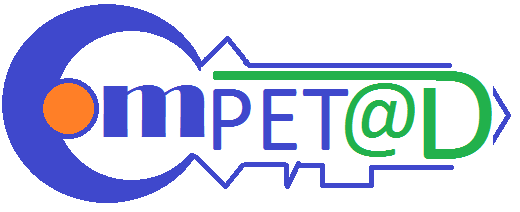Click Here to REGISTER
COURSE DESCRIPTION: Getting ready to take a leadership role is a very challenging transition for anyone. Even when you have already been in a leadership function for some time, change can still set you off-balance. Dealing with a different set of people can be a stressful experience. A new role is always something that can upset our routine. Being a new leader for a team of people who used to be your colleagues can also be challenging. While change can make us feel helpless as if wandering into the unknown, there are also some predictable aspects to change.
In this module, we will explore these as well as other principles that can help you navigate through this journey. We will attempt to understand how it is to influence people, coach them, and develop their skills. We will also identify their differences in communication styles and know how to respond as a leader. We will explore how coaching can empower people and help them feel a sense of accountability in what they do. The approach shall be loosely based on some concepts from the “7 Habit of Highly Effective People” by Stephen Covey, but we shall have it tailored to the Filipino experience.
COURSE METHODOLOGY: There will be interactive discussions about interesting topics and approaches in leadership. The participants shall be given an opportunity to greatly interact with other participants. There will be sharing of anecdotes and case-studies to make the concepts understandable for a wider audience. Brain-storming sessions, rapid-fire sessions, as well as group reporting shall also be utilized to draw class participation. Multi-media can also be optionally used as appropriate to highlight important topics in the course. The session will run for 8 hours.
WHO SHOULD ATTEND:
A. Anyone who is interested in learning more about leadership
B. Managers who would like to learn to empower people through coaching
C. Experienced managers who coach new supervisors as their direct-reports
D. New leaders and potential leaders who are about to take the next step
COURSE OUTLINE:
- Paradigm Change. A discussion about the changes in perspective one needs to take as a leader in order to take away the rank-and-file mindset. This shall help employees realize that, as a leader, their skill is secondary to their ability to hone other’s skills.
- Managing Perception. One of the challenges of a new leader is how to change other’s perspective of you especially when you have just moved up from the ranks. We shall explore how you can make use of this an advantage in your new role.
- Understanding Proactiveness. All leaders must have the ability to proactively think of solutions. In this segment we shall explore Stephen Covey’s Habit #1 and use it in our Filipino Experience. We will explore how, when faced with challenges, we should manage our focus and energy.
- Communication Styles and Leadership. We shall discover our own communication style and explore the varying communication styles of employees. Then, we shall discover how we can lead each effectively.
- We shall define and understand influential coaching then, learn how it should be done efficiently in the office (How often, how to prepare, what to discuss). We will break the usual notion that coaching is about talking and giving information. We will make use of positive communication and discover how it can make a difference for our employee management. Then, we will learn how to coach people by empowering them with decision making and taking action. We will discuss how to use effective probing in order to uncover real-root causes of under performance. Then we will also learn how we can use questions to guide our employees to lasting change. We will relate this to the concept of Habit #5 in Covey’s book.
Registration Instructions:
1. Fill out the registration form by clicking here.
2. You may also download the word attachment in the link and send it to publictraining@competad.com
3. Our admin team shall send you shortly the Statement of Account/Confirmation of registration. Sign the statement of account to conform and finalize your registration.
4. Follow the instructions in the statement of account and complete your learning investment deposit.
5. Send the scanned copy of the signed Statement of Account and your deposit slip.
6. Should you need an official Billing Invoice, please call us at (02)34333342.



